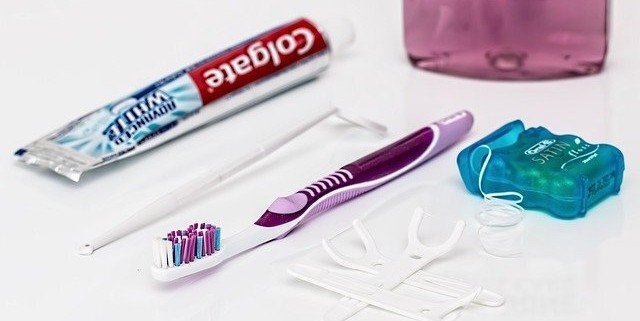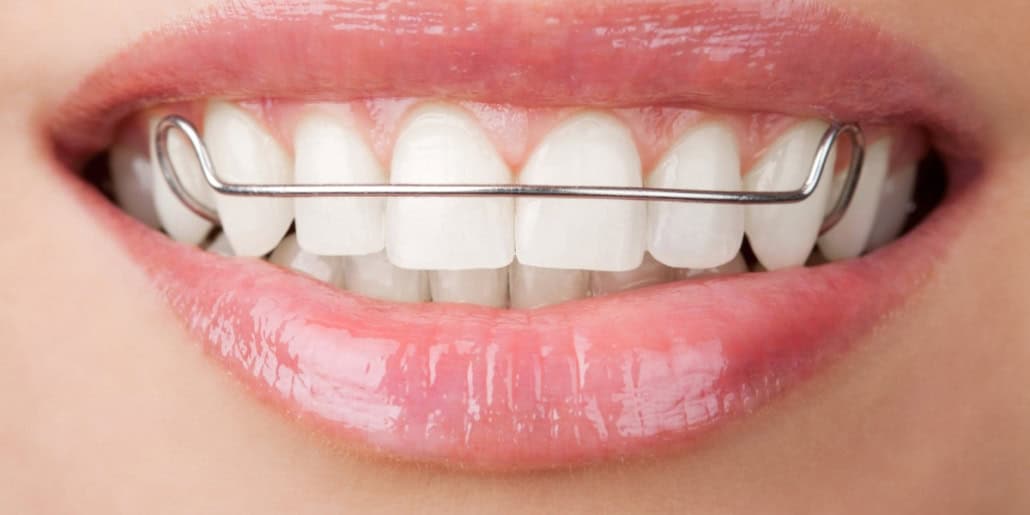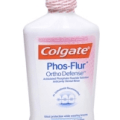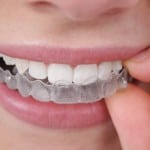Flossing Your Permanent Retainer (With Tips)
Last Updated on November 3, 2024 by Gio Greenard
Maintaining your oral hygiene with a permanent retainer can be tricky, but it’s absolutely essential. Permanent retainers are great for keeping your teeth aligned post-braces, but they can also trap food particles and plaque, increasing the risk of tooth decay and gum disease if not properly cleaned. Learning the right way to floss with a permanent retainer can make all the difference in keeping your teeth healthy and your smile bright.
This guide will walk you through what a permanent retainer is, why flossing is so important with one, and step-by-step instructions on how to floss with a permanent retainer. We’ll also cover additional tips to ensure your retainer stays clean and effective for years to come.
What Is a Permanent Retainer?
A permanent retainer is a thin wire bonded to the back of your teeth, typically placed on the lower front teeth to keep them from shifting. Unlike removable retainers, this type of retainer is designed to stay in your mouth longer-term. Permanent retainers are often recommended for people who have had significant orthodontic work and need extra stability to prevent their teeth from moving back to their original position.
Why You Might Have a Permanent Retainer
- Prevents Teeth from Shifting: After orthodontic treatment, your teeth may still try to move back. A permanent retainer helps keep them in place.
- Discrete and Convenient: Since it’s placed behind your teeth, a permanent retainer is practically invisible and doesn’t require daily removal.
- Long-Term Stability: Permanent retainers are durable and can provide long-lasting stability for those with a history of crowded teeth or gaps.
However, one downside to having a permanent retainer is that it can make flossing a little more challenging. The wire can trap food particles and plaque, especially in areas that a toothbrush might not fully reach. To prevent build-up, effective flossing is a must.
Why Flossing with a Permanent Retainer Is Essential
Flossing is an essential part of oral hygiene for everyone, but it’s even more important if you have a permanent retainer. The metal wire can act as a magnet for plaque, food particles, and bacteria, increasing the risk of oral health problems like:
- Gingivitis and Gum Disease: When plaque accumulates around the gums, it can cause irritation, inflammation, and even gum disease.
- Tooth Decay: Without proper cleaning, trapped food and bacteria can lead to cavities, particularly in hard-to-reach areas around the retainer wire.
- Bad Breath: Plaque and bacteria left on your teeth can lead to persistent bad breath, which is often a sign of bacteria build-up.
How Often Should You Floss with a Permanent Retainer?
It’s recommended to floss at least once a day. Flossing daily keeps plaque and bacteria from building up and ensures that your teeth and gums stay as healthy as possible. Here’s why consistency matters:
- Prevents Plaque Build-Up: Removing plaque regularly reduces the chance of gum disease and decay.
- Maintains Oral Health: Properly cleaning around your retainer can prevent serious dental issues that may require costly treatment in the future.
If flossing every day feels challenging, try setting up a routine, like flossing each night before bed. This consistency will pay off in the long run.
Tools You Need to Floss with a Permanent Retainer
To make flossing with a permanent retainer easier, there are a few specialized tools that can help you reach those tricky spots.
Floss Threader
A floss threader is a small, flexible plastic tool with a loop at one end. Think of it like a needle and thread for your floss—it lets you pass the floss under the retainer wire, which can otherwise be challenging.
Orthodontic Floss or Super Floss
Orthodontic floss, such as Super Floss, is specifically designed for braces and retainers. It has a stiff end that acts as a built-in threader, making it easier to slide between teeth and under the wire without needing additional tools.
Interdental Brushes
Interdental brushes are small, narrow brushes that resemble tiny bottle cleaners. These are excellent for cleaning around the wire and between teeth if traditional flossing feels tricky. They come in various sizes to suit your needs.
Water Flosser
A water flosser uses a pressurized stream of water to remove food particles and bacteria between teeth and around the retainer. Although it’s not a replacement for traditional flossing, it’s a great supplementary tool that helps keep your mouth feeling fresh.
Now that we’ve got our tools ready, let’s look at how to use them effectively in a step-by-step flossing routine.
Step-by-Step Guide: How to Floss with a Permanent Retainer
Follow these steps to properly floss around your permanent retainer:
Step 1: Gather Your Tools and Set Up in Front of a Mirror
Starting with a mirror and good lighting will make it easier to see what you’re doing. Gather all your flossing tools—threader, orthodontic floss, or interdental brush—so you have everything you need in one place.
Step 2: Thread the Floss Under the Retainer Wire
If you’re using a floss threader, insert the floss through the loop, then guide it under the retainer wire. Pull the floss through until you can hold it with both hands. This step may seem tricky at first, but with practice, it becomes quick and easy.
Step 3: Floss Between Each Tooth Carefully
Hold the floss tightly with both hands and slide it between your teeth. Curve the floss around each tooth in a “C” shape and move it up and down gently. This method removes plaque without harming your gums. Imagine you’re polishing each side of the tooth to get it as clean as possible.
Step 4: Repeat for Each Tooth
Continue this process for each tooth, working your way from one side to the other. Re-thread the floss under the wire if necessary and take your time to ensure each area is properly cleaned.
Step 5: Rinse and Check Your Work
Once you’re done flossing, rinse your mouth with water or mouthwash to remove any loosened particles. Check in the mirror to make sure you’ve removed all visible debris around the retainer.
By following these steps, you’ll have a thorough flossing routine that keeps your retainer and teeth in great condition.
More Permanent Retainer Care Options
Clean The Retainer
Clean the retainer regularly. Caring for a permanent retainer is important to maintain good oral health and avoid the risk of tooth decay. Brushing around your teeth’s new addition can be difficult, but it’s worth doing well in order to remove plaque and food particles from beneath or near them that may lead to bacteria build-up.
Keep up with Dental Visits
Dental visits are essential. Your teeth will be in good hands with an orthodontist help. A permanent retainer is an effective way to hold your pearly whites. But don’t forget about regular cleanings and check-ups from the professionals. They can catch early signs of decay that could cause major problems down the line.
Avoid Damaging Foods
You should avoid sticky foods like candy, chewing gum, and pastries if you have a permanent retainer because they can weaken the dental equipment that holds your teeth in place.
Conclusion
Maintaining your oral hygiene with a permanent retainer may take a bit of extra effort, but it’s well worth it. Daily flossing, combined with regular dental check-ups and a mindful approach to diet, will help you keep your teeth and gums healthy while preserving the alignment achieved through orthodontic treatment. A little time invested now in your flossing routine can prevent more significant dental issues later on.
The above is a rough guide on what to expect when wearing a retainer. You can get all the information from Dr. Panucci at Beach Braces.
We have the experience and dedication to give you and your child the best possible service. If you have any further questions you can contact us TODAY.

Dr Patti Panucci attended the University of Louisville School of Dentistry for four years, where she graduated with a DMD degree (May 2000) among the Top 10 in her class. Following that, she headed west to Los Angeles to complete her three-year residency at one of the top-ranked orthodontic programs in the country – the University of Southern California.
Along with her certificate in orthodontics, Dr. Panucci earned a master’s degree in craniofacial biology. During those three years, she fell in love with Southern California beach life and decided that this was where her future lay.









Leave a Reply
Want to join the discussion?Feel free to contribute!